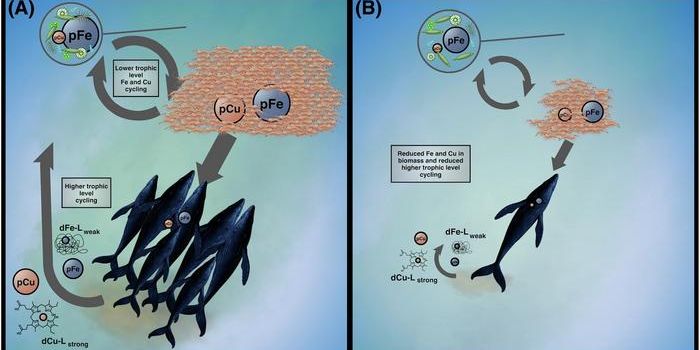Using GPS Data to Reduce Traffic Light Congestion
Getting stuck in traffic is the proverbial nightmare. Too many cars on the road, too many red lights, too many people all trying to get to the same location, all make traffic something we dread. As you sit in traffic you probably think to yourself: how does this happen? Can we avoid this?
Researchers are taking steps in exactly that direction. A team at the University of Michigan, in collaboration with General Motors, recently published results of an 18-month long study that leverages connected GPS data from GM vehicles to provide a detailed landscape of traffic activity affected by stop lights, all while highlighting solutions to traffic problems. The team’s work is published in Nature Communications.
Traffic isn’t just a killer on our mood. At traffic lights in particular, congestion can have a lot of seen and unseen costs that make traffic a compounding problem. These costs range from the time we spend in traffic (as opposed to time spent on other productive tasks) to the additional energy used by vehicles waiting in traffic. Among the roughly 320,000 traffic lights in the U.S. many are designed to at least try and address traffic challenges, with adaptive timing designs that have them working differently at different times of day to account for changes in drivers on the road. The challenge is that traffic can vary significantly, and these pre-set times don’t always account for fluctuations. Nor are they updated frequently enough to make a difference.
The data collected by researchers at the University of Michigan led to the creation of a probabilistic time-space diagram, which allows a small collection of data from vehicles (in this case, GPS data) to essentially do the work of existing adaptive design traffic lights at a fraction of the cost. This data allows for more robust insights into actual vehicle movements, paving the way for a system that could respond more readily to traffic needs.
Sources: Science Daily; Nature Communications








